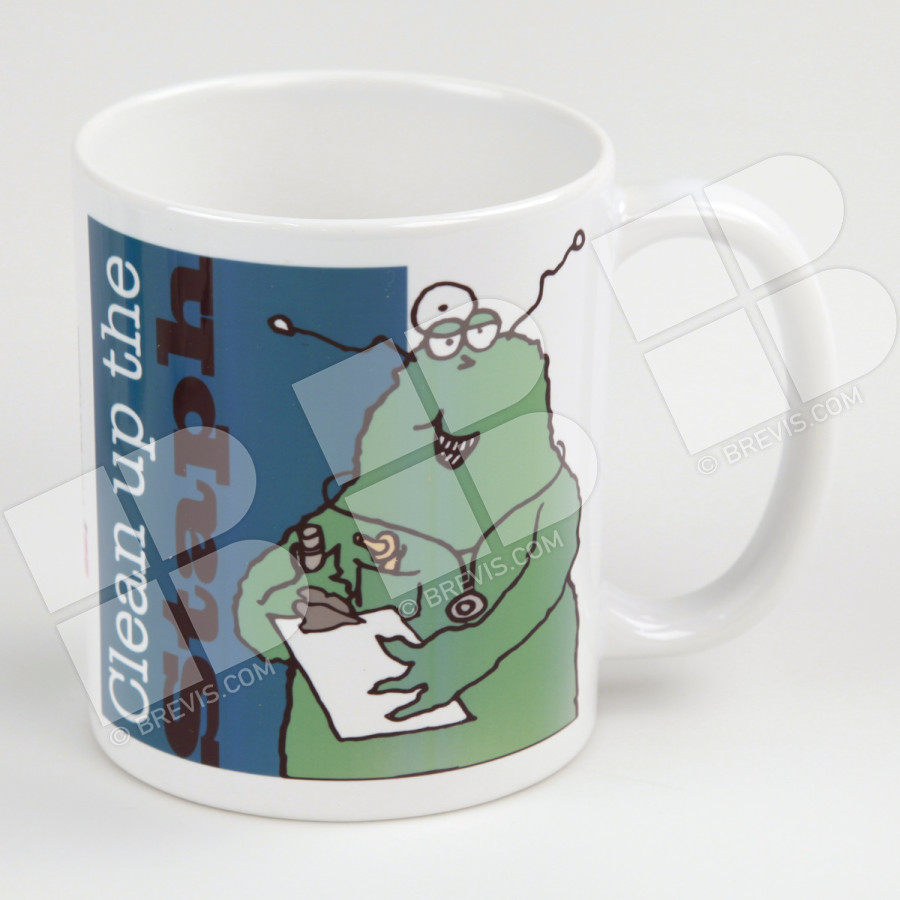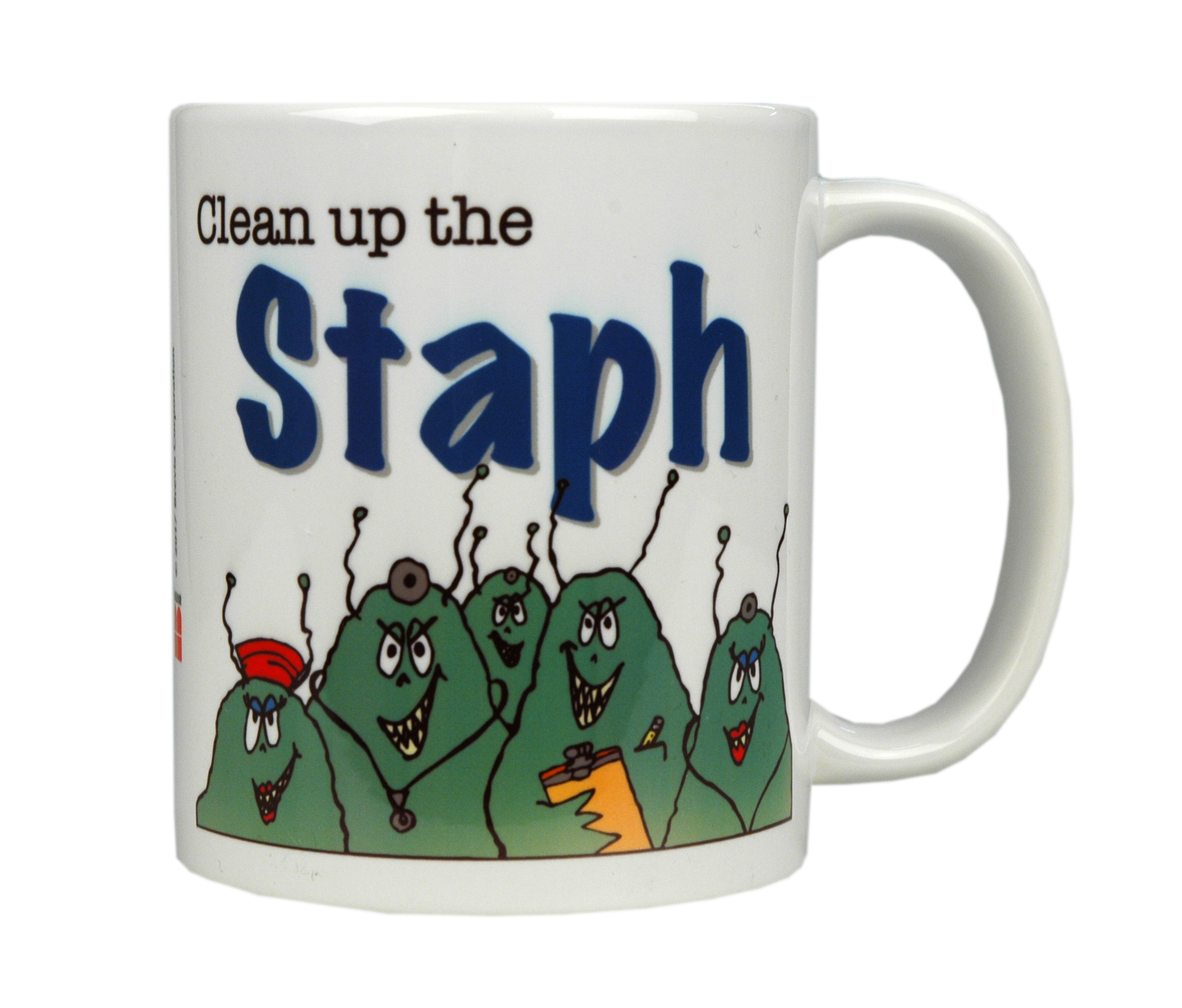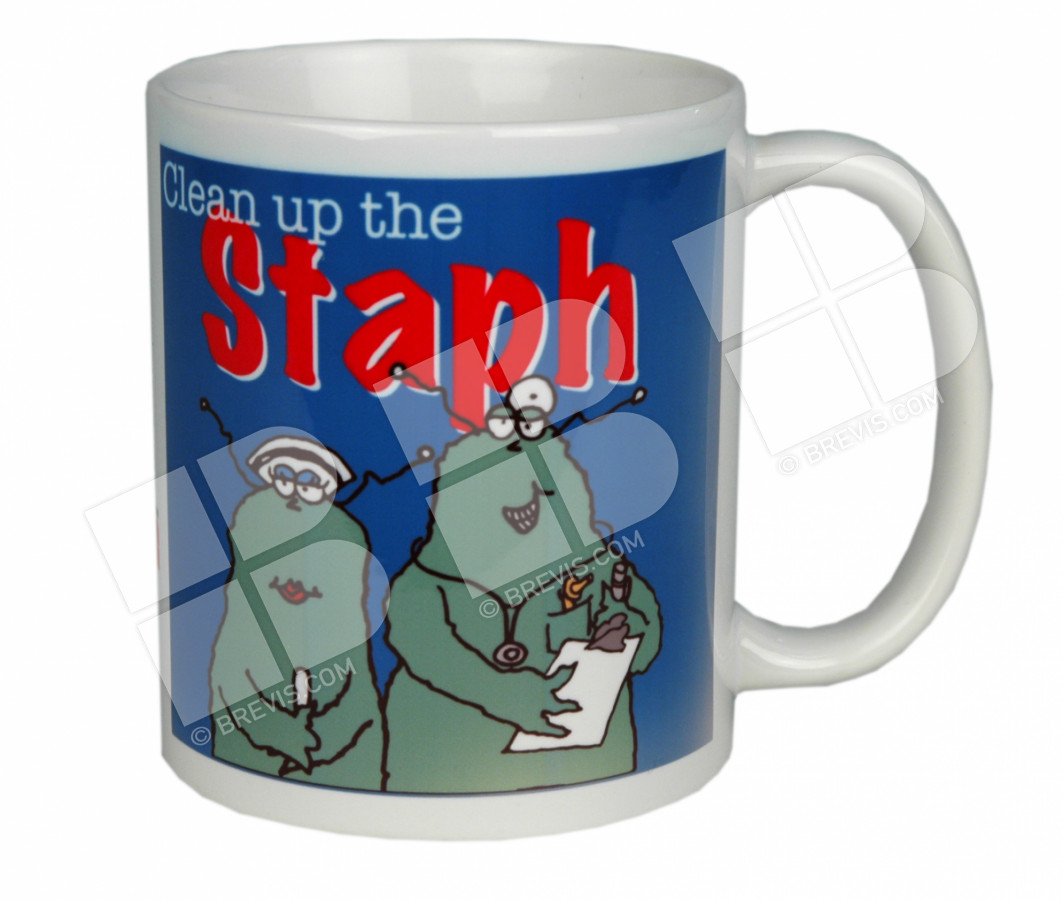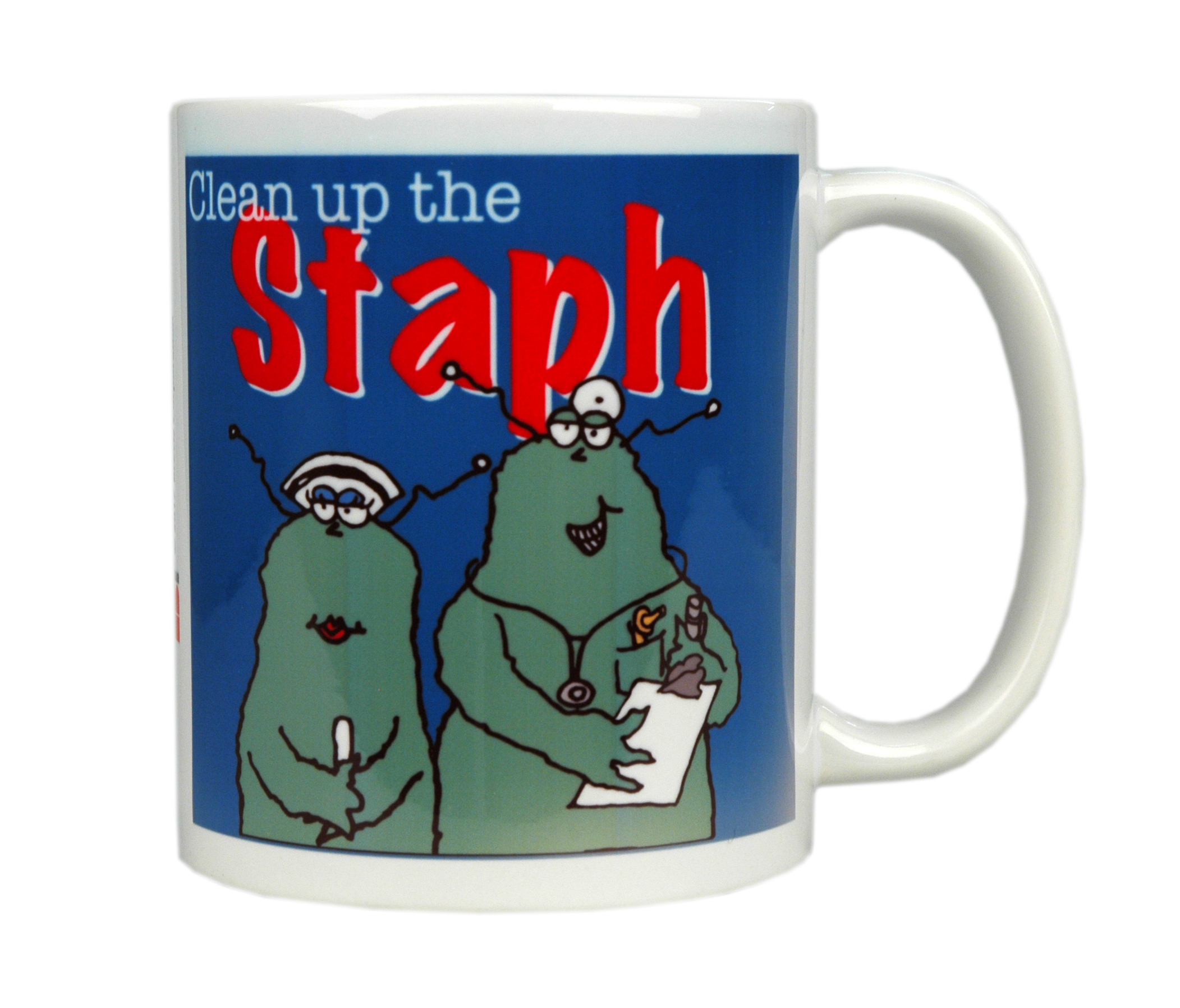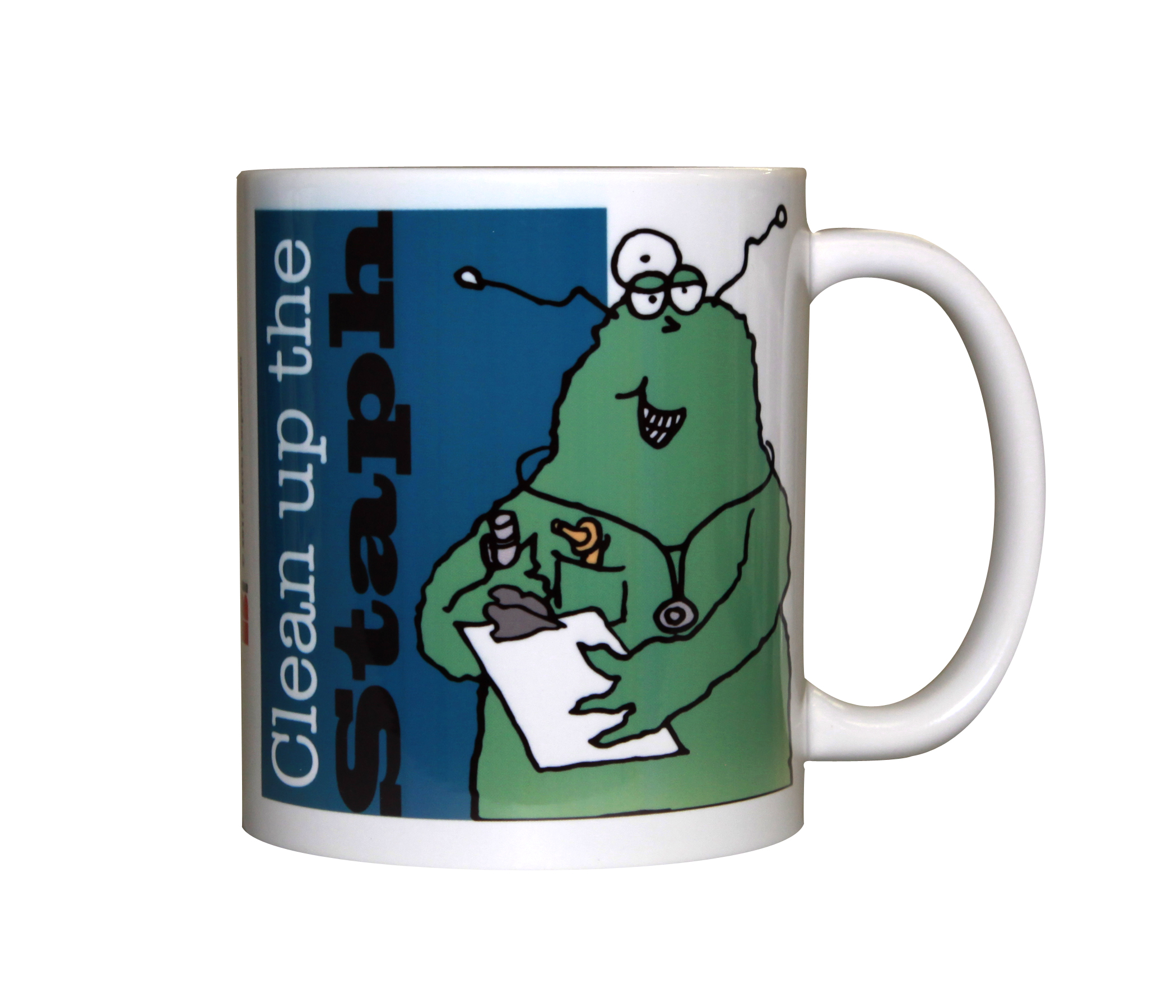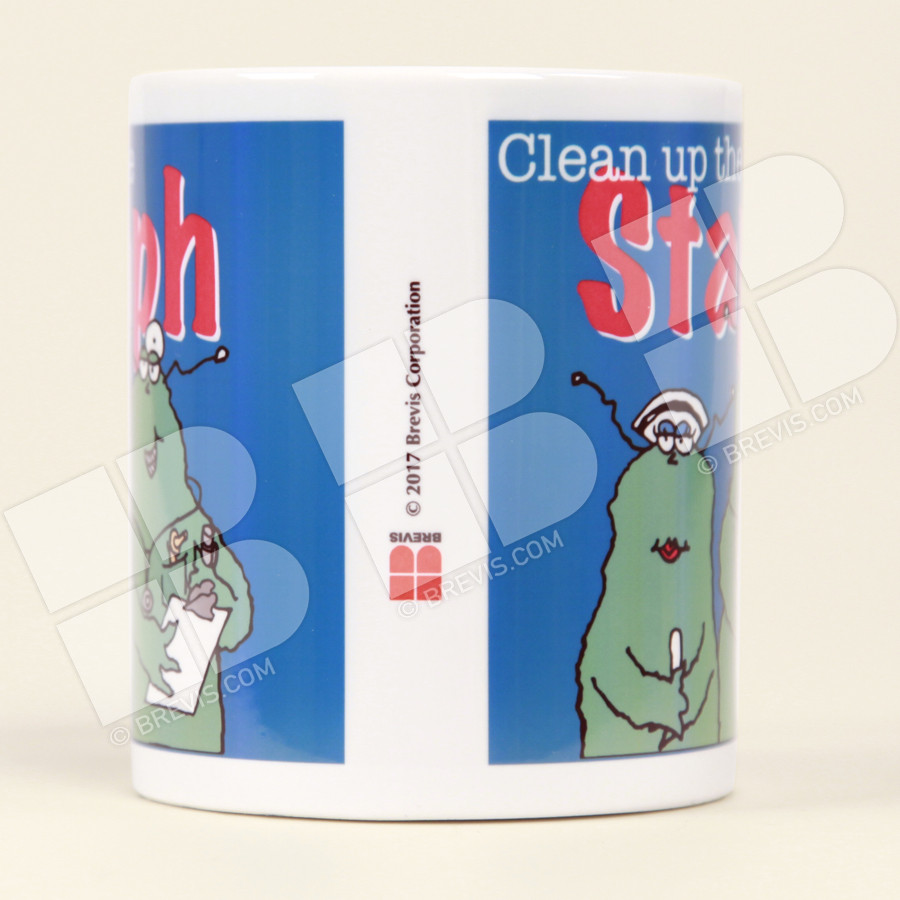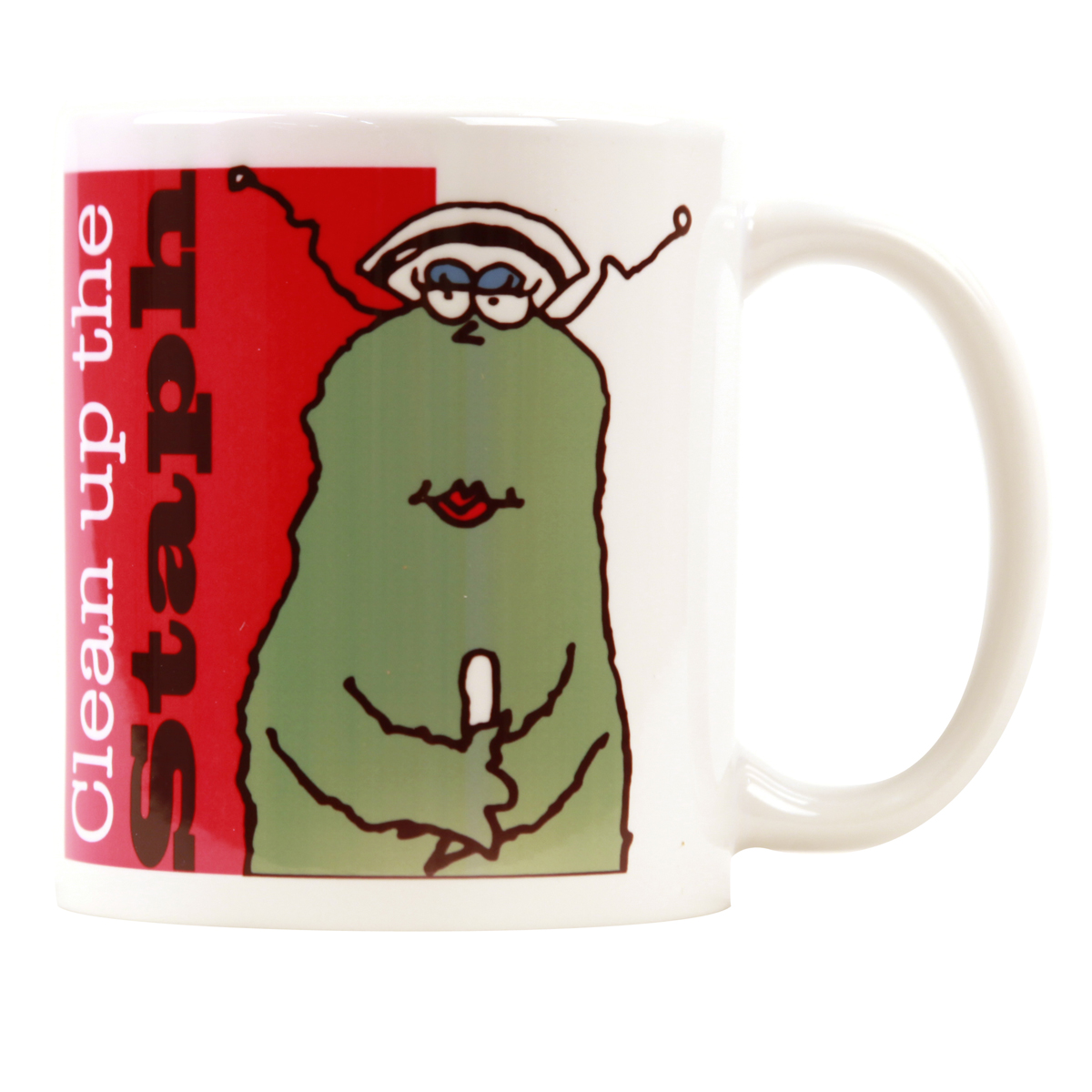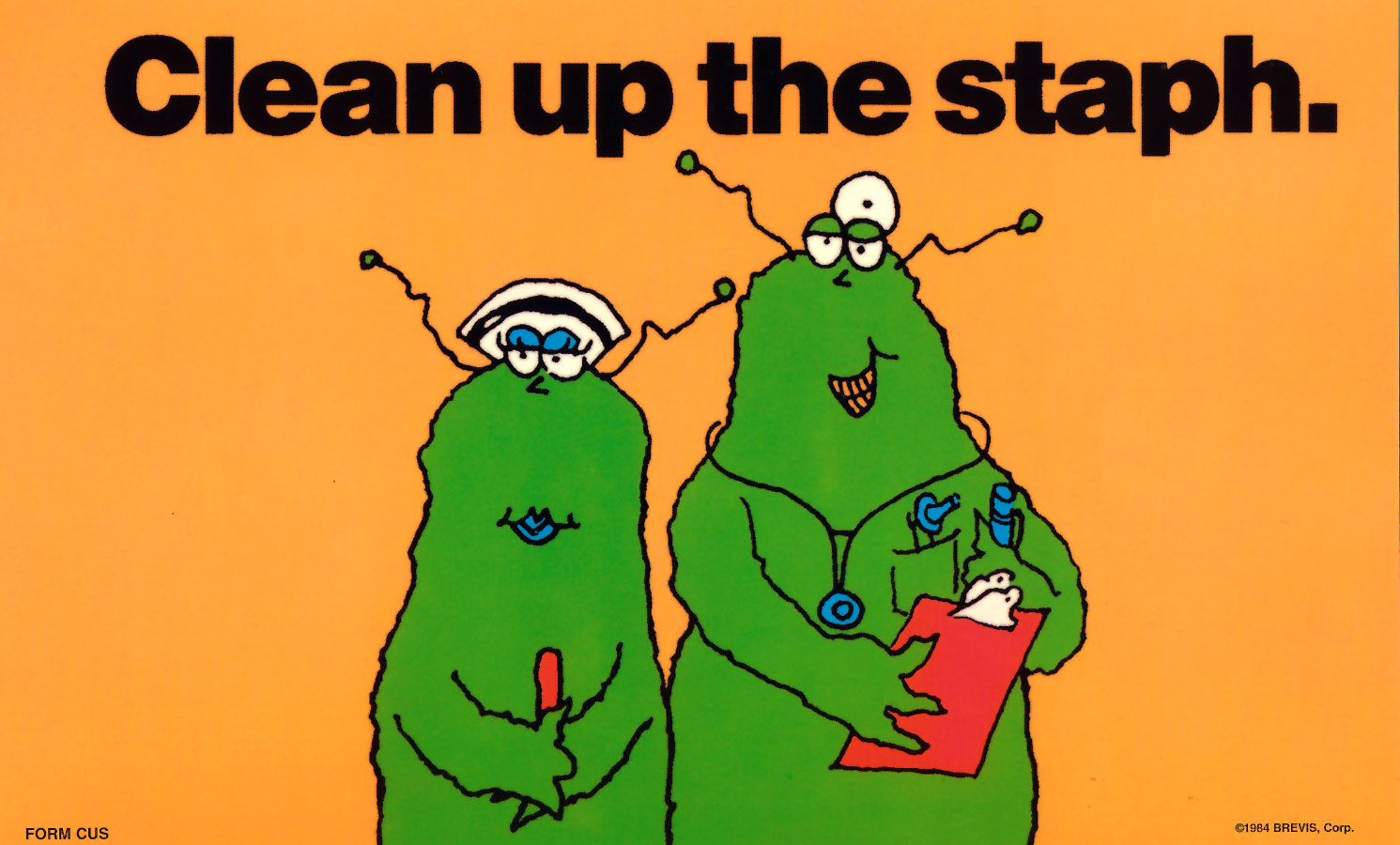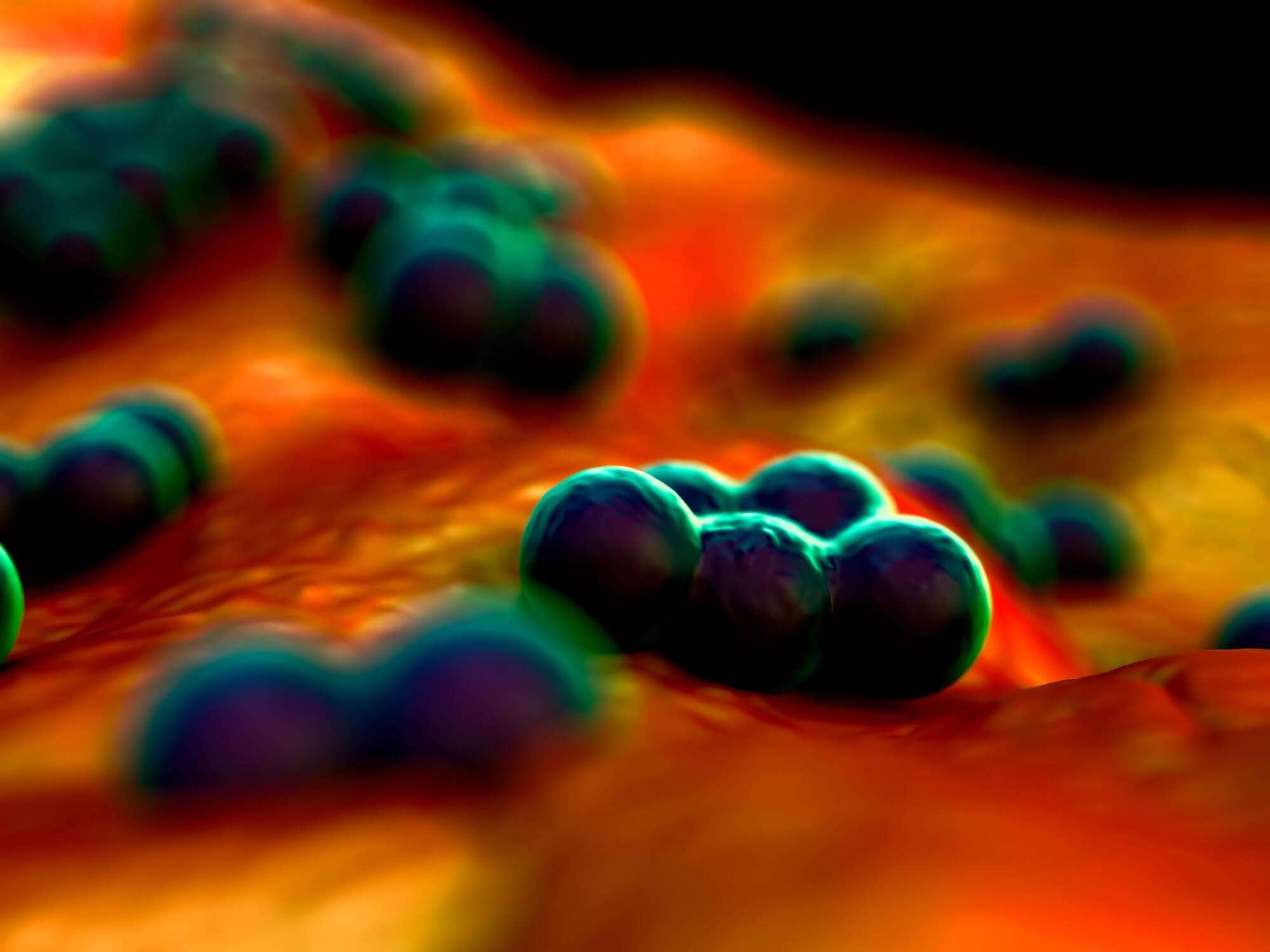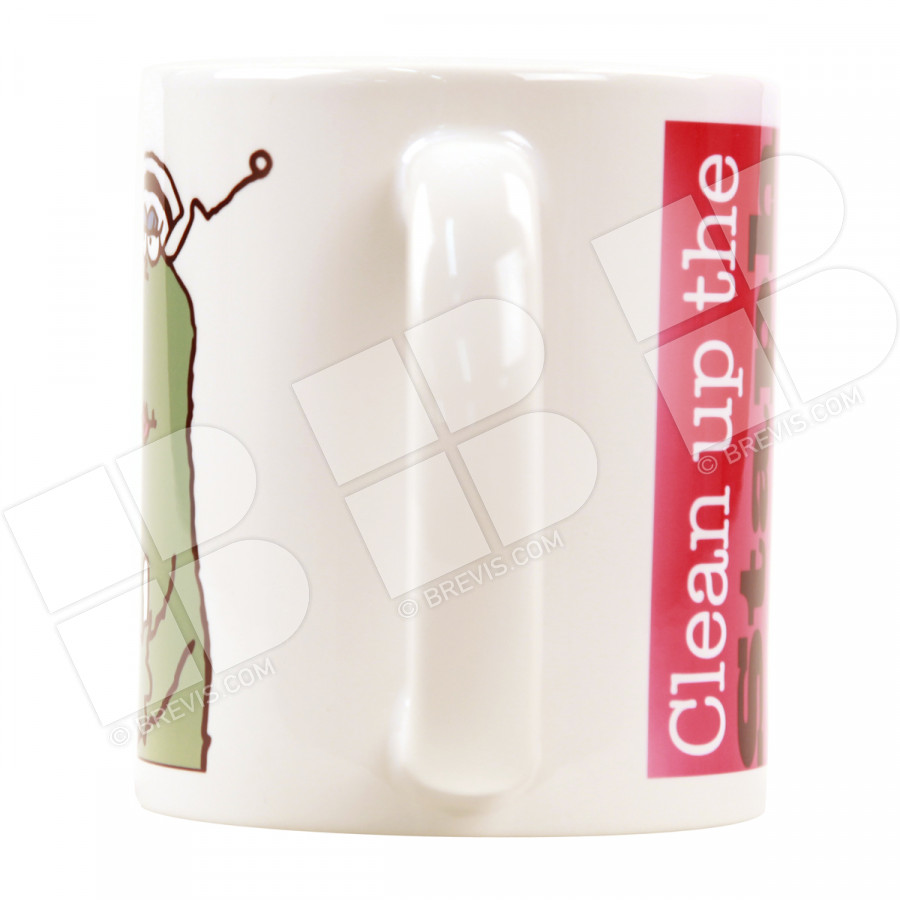Out Of This World Tips About How To Clean For Staph

While staph normally lives in the nose or on the skin of some healthy individuals without consequence, infections can cause abscesses, cellulitis, or other skin concerns, and can less commonly infect the bloodstream or other organs (e.g., heart, lung, or bone).
How to clean for staph. However, some staph infections no longer respond, or become resistant, to common antibiotics. Clean any wounds. Keep the wound clean and covered with a sterile, dry bandage until it’s fully healed.
Keep personal items to yourself and don’t share with others. Put a bandage on any skin wounds until they heal completely. Chemical disinfectant, such as chlorine or alcohol, should be applied after cleaning
Staph infections generally start in the skin. Key facts staphylococcus (staph) bacteria are a common type of bacteria, which don’t usually cause any harm. Clean cuts, scrapes, and other injuries thoroughly with soap and water to rinse out dirt and bacteria.
In fact, it can look much like a spider bite. To relieve the symptoms of staph infection on your skin, clean the affected area with soap and water. Staph can cause serious infections if it gets into the blood and can lead to sepsis or death.
Keep wounds, such as cuts and abrasions, clean and covered with a sterile dry bandage until healed. Staph is a type of germ (bacteria) that can cause infections almost anywhere in the body. Your health care provider may perform tests to identify the staph bacteria behind your infection.
Clean and cover your wounds: In cases of food poisoning, drink plenty of liquids while you’re recovering to reduce your risk of dehydration. A staph infection can show redness and swelling.
If you are looking up how to reduce staph on your skin so that you will be able to eliminate or prevent a staph infection you might be dealing with, one of the best things you can do is use a medicated body wash to clean the staph off of your skin in the first place. Apply new dressing to the infected staph wound and make sure that you will not apply tape directly to the skin or wound. If your wound is infected with staph, it should be treated.
There may also be pus or discharge draining from. It can also create pus. Doctors also prescribe oral antibiotics to treat staph infection in the body and on the skin.
You can treat mild infections at home. Position a clean cloth or towel beneath the affected area to catch flowing water or debris. Treatment of a staph infection may include:
There are many different types of staph infection. Remove the shoelaces and apply a small amount of the mild cleaning solution to them. This can help your provider choose the antibiotic that will work best for you.
